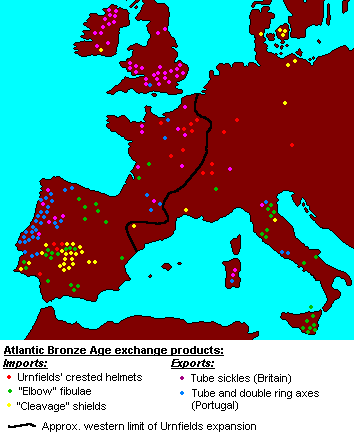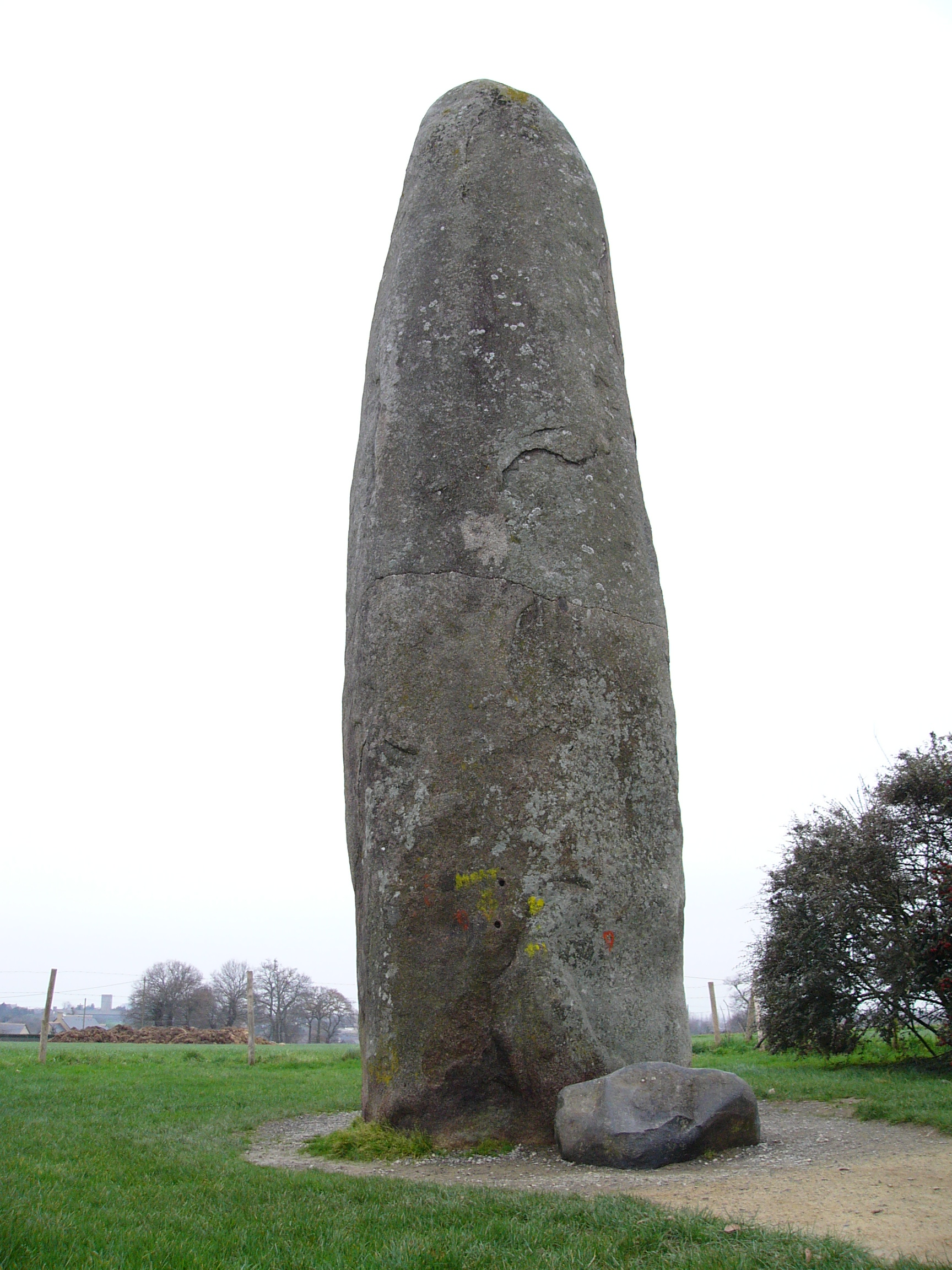AGES AND SOURCES OF PREHISTORY
AGES AND SOURCES OF PREHISTORY.
Time and the science of history.
History: the science that studies humanity's past.
History studies all the aspects of human life:
- politics
- economy
- society.
- culture.
- art.
Division of history.
To facilitate its study, we divided History into periods of variable lengths, separated by key events. The most important are:
- eras. There are two of them:
- Prehistory, the period of time from the apparition of the first human being to the invention of writing.
- History, from the invention of writing to present day.
- We divide eras into shorter periods of time, known as ages:
-Prehistory is divided into two ages:
- Stone Age, from the apparition of the first hominids (4,4 million years ago) to the invention of metal tools (4.500 B. C.).
- Metal Age, from the invention of metal tools (4.500 B. C.) to the invention of writing (3.250 B. C.).
-History is divided into four ages:
- Ancient age, from the invention of writing (3. 250 B. C.) to the fall of the Roman Empire (476 A. D.).
- Middle age, from the fall of the Roman Empire to the discovery of America (476 A. D.-1492 A. D.)
- Modern age, from the discovery of America to the French Revolution (1492 A. D.-1789 A. D.)
- Contemporary age, from the French Revolution to the present day (1789 A. D.-?).
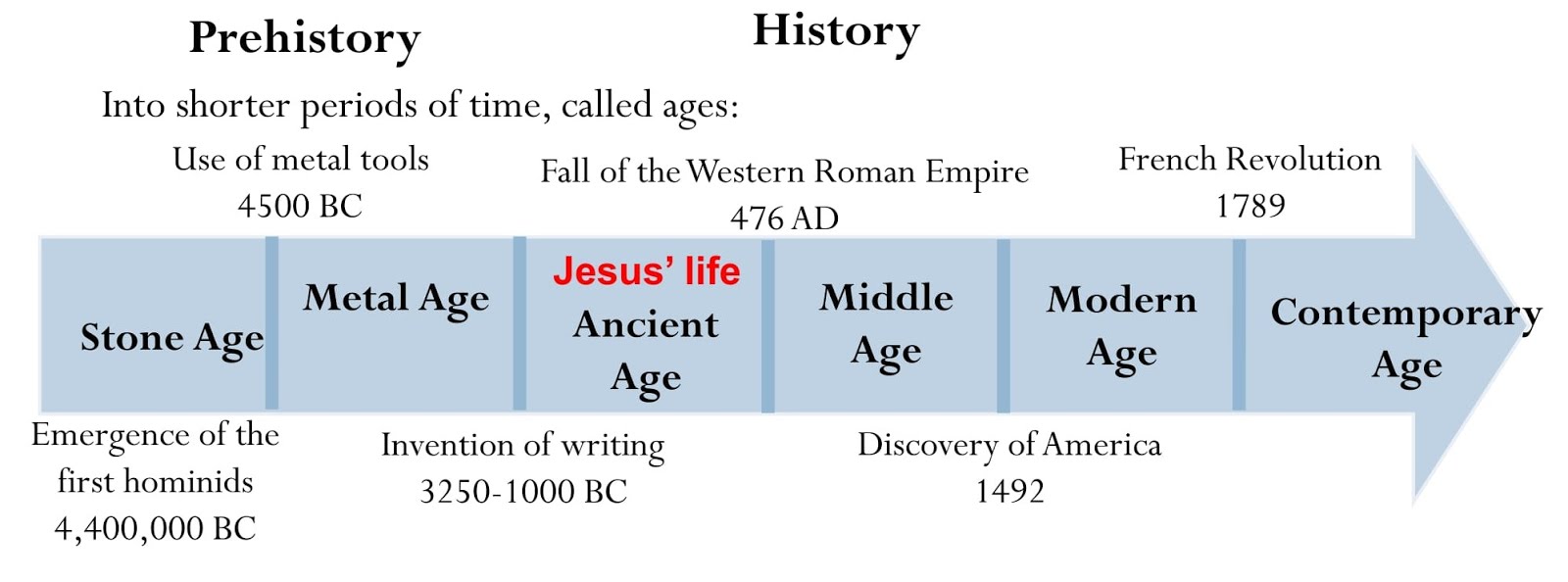
The division of prehistory.
Prehistory is the period of time from the apparition of the first human beings (4,4 million years) to the invention of writing (3.250 B.C). We can divide it into two ages:
- Stone Age, tools were made of stone. We can distinguish:
- Paleolithic (literally, Old Stone) from 4,4 million years ago to 10.000 B. C. Tools were carved from stone.
- Neolithic (literally, New Stone) from 10.000 B. C. to 4.500 B. C. Tools were made of polished stone.
- Metal Age, from 4.500 B. C. to 3. 250 B. C. Tools were made of metal. We can distinguish three periods according to the metal used:
- Cooper Age.
- Bronze Age.
- Iron Age.
The sources for prehistory.
In order to the study prehistory our sources are:
- the remains left behind by primitive human beings: humans (bones) and material (tools, pottery).
- the remains of animal or plants of their time.
Most of this remains are buried, because of that is necessary to carry out archeological excavations.
An archaelogical excavation is a slow and expensive digging to recover remains buried underground.
It is composed of several stages:
- Division of the site into a grid.
- Excavation of the site.
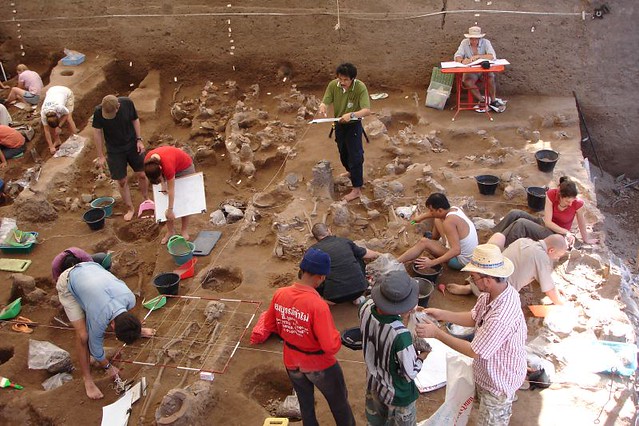
- Creation of a file for each object: number, description, site coordinates.

- Dating of the remains: the lower strata are older than the upper ones.


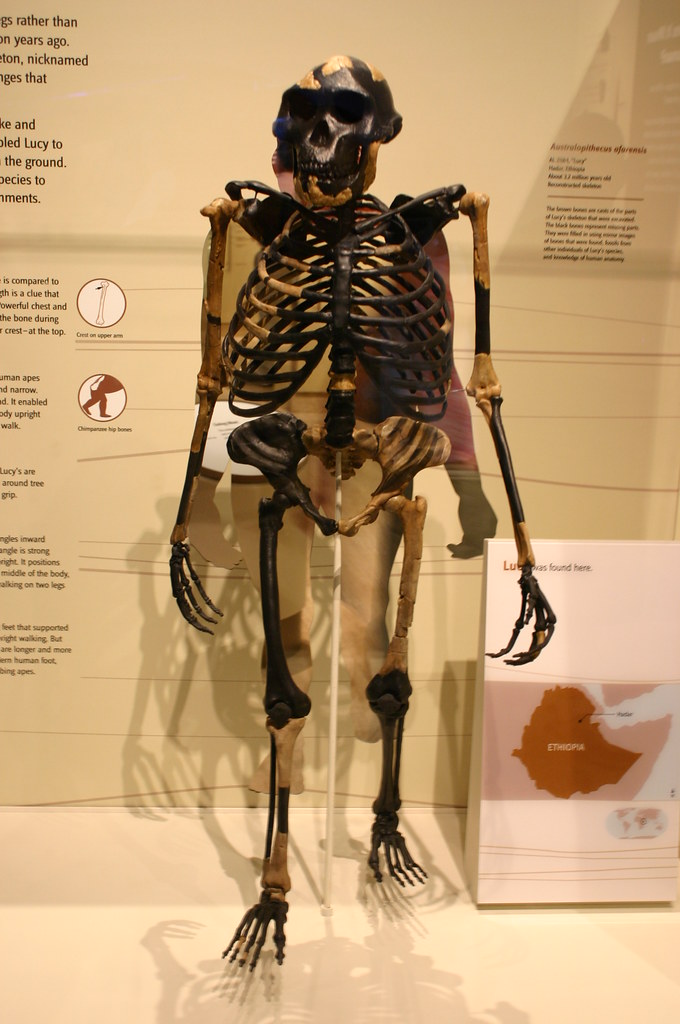

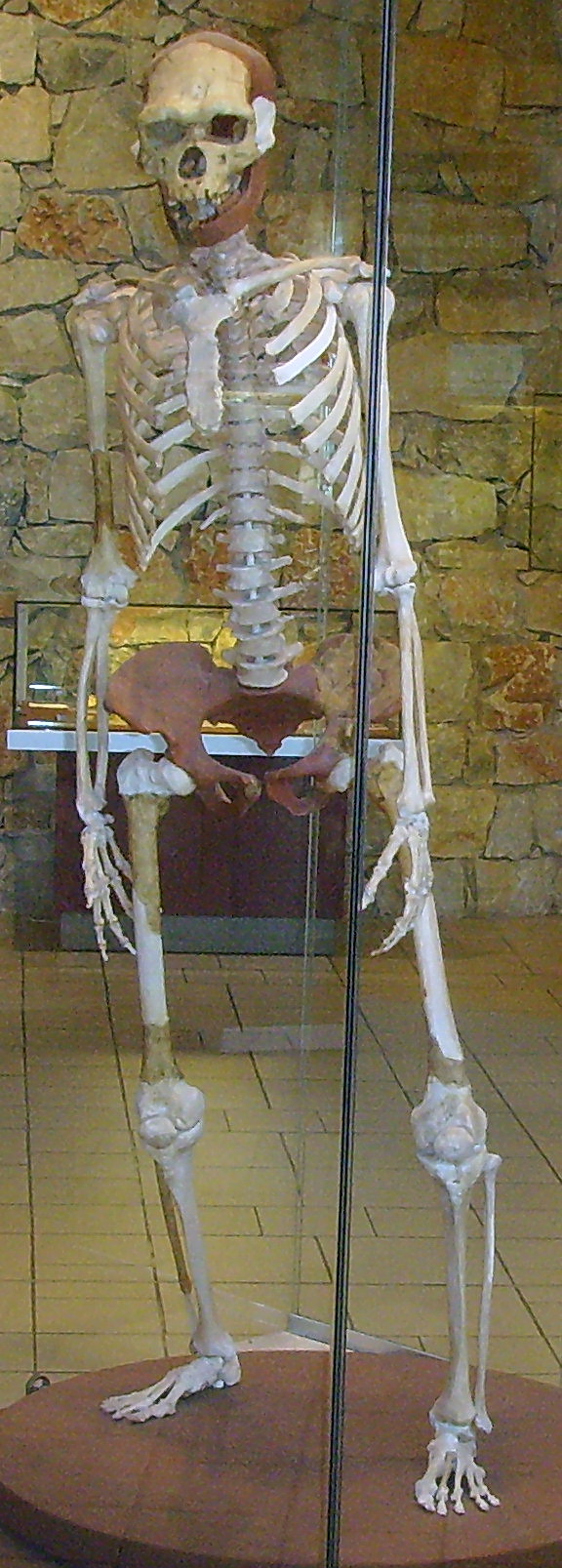


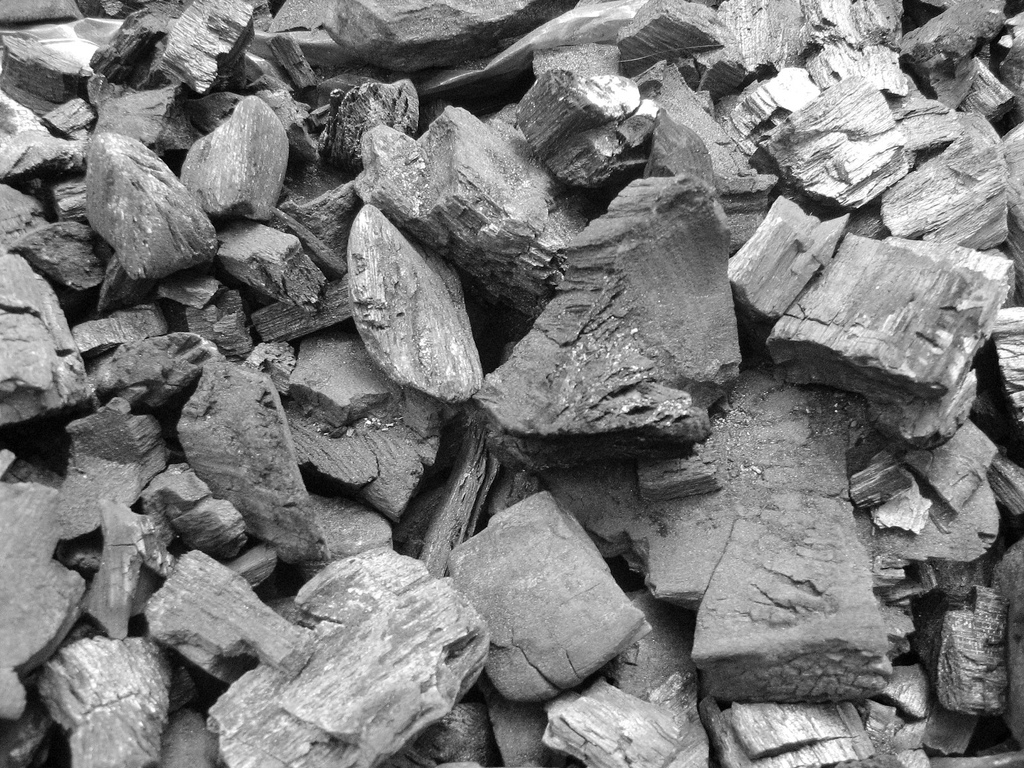



.jpg)




